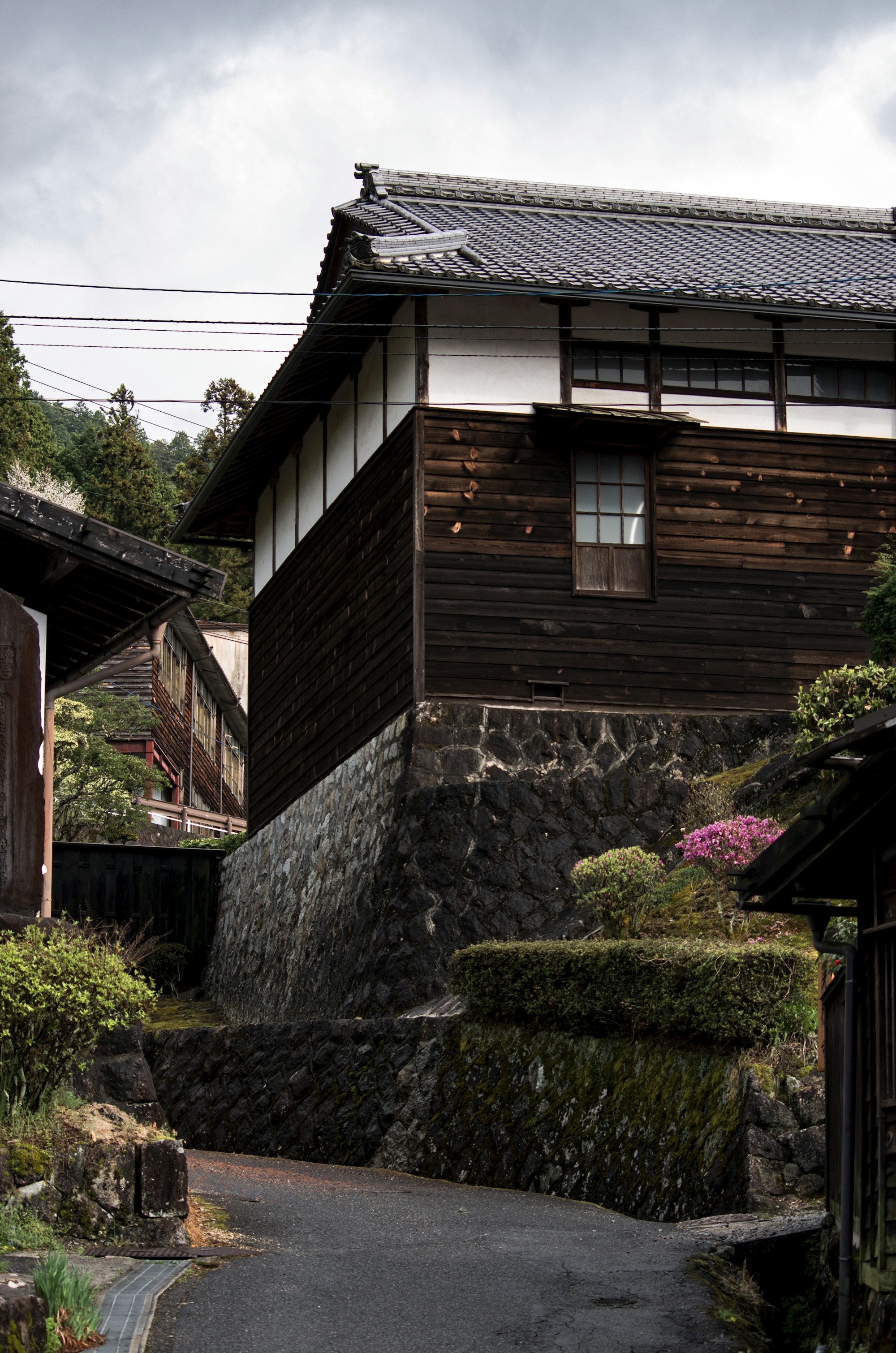Exploring Tsumago: A Serene Village in Japan

Exploring Tsumago: A Serene Village in Japan

Located in the Nagano Prefecture of Japan, Tsumago is a picturesque village known for its well-preserved Edo-era buildings and tranquil atmosphere. Stepping into Tsumago is like taking a step back in time, as the village has managed to maintain its traditional charm over the centuries.
Getting to Tsumago
Tsumago is easily accessible by train from major cities in Japan. The nearest train station to Tsumago is Nagiso Station, which can be reached via the JR Chuo Main Line. From Nagiso Station, visitors can take a short bus ride or a scenic 30-minute walk to Tsumago.
Exploring Tsumago
One of the best ways to truly experience the beauty of Tsumago is by taking a leisurely stroll through its narrow streets. The village is car-free, which adds to its peaceful ambiance. As you wander through the quiet lanes, you'll see traditional wooden houses, old tea houses, and charming shops selling local crafts and souvenirs.
Don't miss the opportunity to visit the Tsumago-juku Honjin, a historic inn that once served as an official lodging for samurais and government officials during the Edo period. The building has been preserved and is now a museum where visitors can learn more about the history of Tsumago and its importance as a post town.
Nature and Hiking Trails
Tsumago is surrounded by beautiful landscapes, making it an ideal destination for nature lovers and hiking enthusiasts. The village is located within the Chubu Sangaku National Park, offering stunning views of the Japanese Alps.
A popular hiking trail in the area is the Nakasendo Trail, which connects Tsumago with Magome, another historic post town. The trail takes about 2-3 hours to complete and offers breathtaking scenery along the way.
For a more challenging hike, consider climbing Mount Hachibuse, which offers panoramic views of the surrounding mountains and valleys. The trailhead for Mount Hachibuse can be reached by taking a short bus ride from Tsumago.
Local Cuisine
No visit to Tsumago is complete without trying the local cuisine. The village is known for its delicious soba noodles, made from buckwheat flour and served hot or cold. Enjoy a bowl of steaming hot soba noodles at one of the traditional restaurants in the village and savor the authentic flavors of Tsumago.
Other local delicacies to try include pickles, grilled river fish, and locally brewed sake. Don't forget to explore the village's tea houses and cafes, where you can enjoy a cup of freshly brewed green tea and relax amidst the serene surroundings.
Accommodation in Tsumago
Tsumago offers a range of accommodation options, including traditional ryokans (Japanese inns) and guesthouses. Staying in a ryokan is a unique experience as you'll be able to sleep on futon mattresses laid out on tatami mats, dine on delicious kaiseki meals, and soak in the soothing waters of a hot spring bath.
Many ryokans in Tsumago also have beautiful gardens and provide excellent service to ensure a memorable stay. It's recommended to make a reservation in advance, especially during peak tourist seasons.
Plan Your Visit to Tsumago
If you're planning a trip to Tsumago, keep in mind that the village is best visited during the spring and autumn seasons when the weather is mild and the surrounding nature is at its most beautiful. The cherry blossoms in spring and the vibrant foliage in autumn make for a stunning backdrop to the village.
Before visiting, check the official Tsumago website for any seasonal events or festivals that may be taking place during your visit. This will allow you to experience the local culture and traditions firsthand.
Experience the Tranquility of Tsumago
Tsumago is a hidden gem that offers a unique glimpse into Japan's rich history and natural beauty. Whether you're interested in exploring the historic streets, hiking through the picturesque landscapes, or indulging in delicious local cuisine, a visit to Tsumago is sure to be a memorable and peaceful experience.
